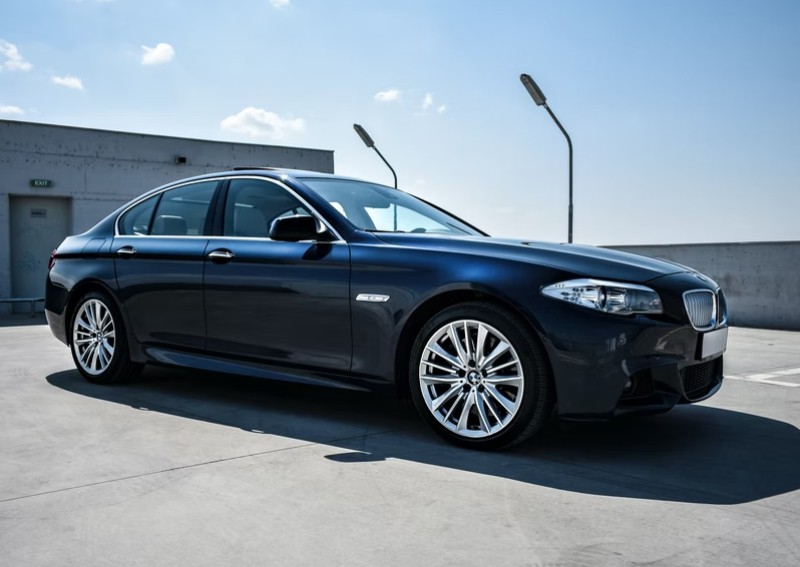Why the new COE formula won't bring prices down much

SINGAPORE - The Land Transport Authority (LTA) today announced a revised method for computing Certificate of Entitlement (COE) quotas, which it says will ‘smoothen quarterly availability’ of COEs, and will begin during the next COE quarter period from August 2022 to October 2022.
In short, this new system will compute the average of de-registrations from the preceding six-month (two quarter) period, unlike the current system, which simply takes de-registrations from the preceding quarter.
Possibly, but it’s not likely.
In short, with the quota determined by the average de-registrations taken over a slightly longer time period, this means that COE supply (and hence prices) will in the short term (less than six-months) see less fluctuation in prices.
But this refers to both ups and downs. Using an average over a longer time frame, it works both ways: If more cars were de-registered in the preceding quarter for instance, then supply will increase and prices fall, and vice versa. But if you use the average over six months, supply increases less, and prices fall less.
The other Big But is this all assumes demand remains the same, which it obviously won’t. Some of the reasons why COE prices are so high now include foreign investors in Singapore, and private-hire vehicle firms restocking their fleets.
Unfortunately the only thing that will do that is time.
The key reason why COE prices are so high is that the supply is very low, compared to time periods when the COE was around, say, $50,000. For instance, for Cat B in January 2017’s first round, the premium was $53,106, and the quota that round was 1,252. ForJuly’s second bidding of 2022, the Cat B premium was $110,003, and the quota a mere 527.
And the key reason why supply is low is because the de-registrations are low. De-registrations are low when there are a lot of young vehicles – less than five years old – on the road, because there is no necessity for owners to de-register/scrap cars.
That is the reason the COE Spike also occurs in roughly decade-long cycles : COE prices for Cat B in July of 2013 ranged from $70,000 to $90,000, with the typical quota per round less than 400.
The reaction to the new rules from the car industry figures CarBuyer spoke to has not been positive.
“This could have a tempering effect on near-term fluctuations, but it doesn’t solve the long-term issues, which we have all seen before multiple times over the years,” said the managing director of a multi-brand dealership.
Another questioned why COE prices had to breach record-breaking levels before action was taken.
The sales manager from another multi-brand dealership CarBuyer spoke to said, “COEs had already neared $100k in March 2022, and didn’t really drop below S$90k since then. Those two months were a clear sign of strong demand – if the new rules were implemented then, COEs may not have hit S$110k in July.”
What about the short term, the next three months?
For Cat A, the monthly quota will go from 1,224 to 1,086. For Cat B, 1,053 to 939. For Category E, 379 to 327. In short, we’ll see the quota shrink further for all categories relevant to passenger cars.
The Long Boring Detailed Explainer: How are COE quotas determined and what has changed?
COE quotas – i.e. the supply of COEs and thus the number of new vehicles allowed to be registered in Singapore – are determined mostly by de-registrations of the preceding quarter.
Part A is the largest section of the quota determination, because right now with passenger vehicle growth at zero, the quota system operates on a ‘one out, one in’ basis for vehicles.
Old rules: Specifically, COE quota is determined by three things, as cited by the LTA:
a. Replacement COEs from vehicles deregistered in the previous quarter
b. Provision for 0.25 per cent per annum growth for Category C based on the Category C vehicle population as at Dec 31, 2021; and
c. Adjustments for changes in the taxi population, replacement of commercial vehicles under the Early Turnover Scheme, and expired COEs.
New Rules : The COE quota consists of the following components:
a. 50 per cent of the replacement COEs from vehicles deregistered in the six-month period of January 2022 to June 2022;
b. Provision for 0.25 per cent per annum growth for Category C based on the Category C vehicle population as at Dec 31, 2021; and
c. Adjustments for changes in the taxi population, replacement of commercial vehicles under the Early Turnover Scheme, and expired COEs.